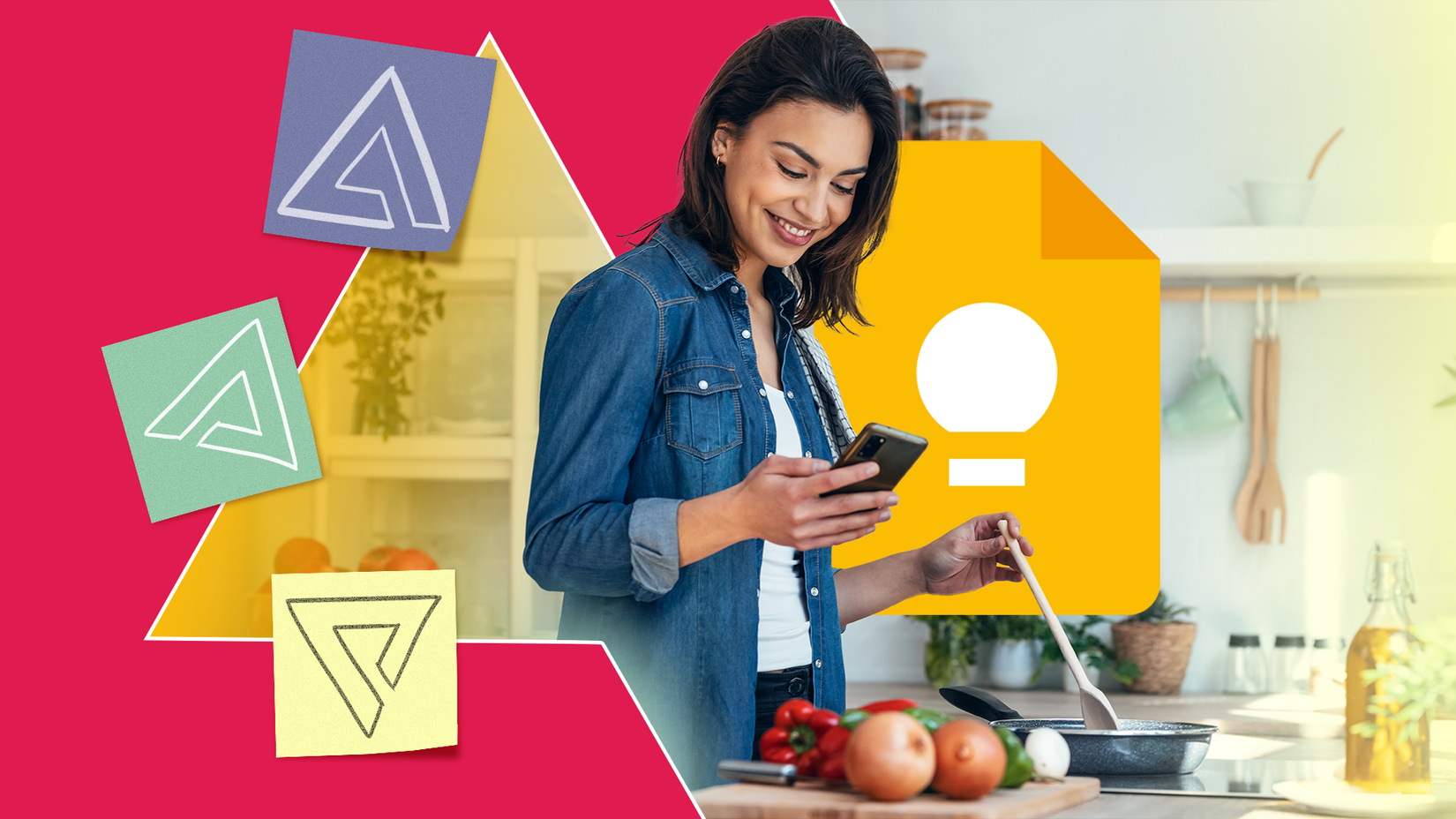I used to think I was pretty good at grocery shopping, until I caught myself tossing wilted spinach and expired yogurt into the trash for the third week in a row.
Between forgetting what I already had at home and buying items on impulse, my grocery budget kept ballooning. That’s when I decided to experiment with a tool I already had on my phone: Google Keep.
What began as a simple way to create a shopping list evolved into a comprehensive system that monitored my pantry, assisted me with meal planning, and prevented me from purchasing duplicates.
The best part was that it actually saved me money, without the need for budget apps or complicated spreadsheets.
How I turned Keep into my digital pantry
It’s as fast as scribbling on a notepad
The first thing I did was create a master grocery list in Google Keep. It included produce, dairy, proteins, pantry, snacks, and household products.
Each item had a little checkbox next to it, which made adding and removing things feel intuitive.
But the real game changer was pinning this list. Instead of digging through notes or opening another app, I had my grocery list at the very top of Keep, ready whenever I thought of something.
I also added a widget that pinned my weekly grocery list to my home screen, making it easy to access.
On Monday night, when I realized I was almost out of oats, I added it to the note. When Saturday rolled around, it was already waiting on my list.
This system helped me remember all the items I needed to buy the next time I was at the grocery store, rather than trying to recall what I was running low on.
Google Keep’s reminder feature is the cherry on top. I can set a location-based reminder for my grocery list. As soon as my phone detects I have arrived at the grocery store, it pops up my list.
Building lists I’d actually stick to
Breaking them down into categories
The danger with grocery lists is that they can venture into unrealistic territory. To prevent getting overwhelmed by unnecessarily long lists, I use multiple lists in Keep.
I created:
- A weekly grocery list for the essentials
- A meal plan list with ingredients for recipes I wanted to try
- A stock later list of things I didn’t need right away but didn’t want to forget
Color-coding each list made it easier to keep track. My weekly list was green, my meal plan was yellow, and my stock later was blue.
It meant I wasn’t cramming every craving or thought into one rambling note. Instead, I could focus on what really mattered for that week, and still have a place to stash future ideas.
To make things even faster, I pulled in Google Gemini. If I noticed something running low, I didn’t even bother opening Keep. I just said Hey Google, add pet food to my weekly grocery list and Gemini automatically added it to Google Keep.
Shared lists that stay organized
No more duplicate items
Grocery lists used to get messy when I shared them with family. Sometimes we’d end up with duplicates if we shopped at different times. However, Google Keep made collaboration a lot smoother.
Instead of juggling texts or separate notes, I added my family members as collaborators. Every change synced instantly. So, if my husband added butter to the list while I was already in the store, it appeared in real time.
For shared grocery shopping, Keep is practically seamless.
The surprising money-saving side
Impulse purchases dropped significantly
What I didn’t expect when I started using Keep for groceries was how much money it would save. Having a list of ingredients helped me remember them, and I noticed my spending habits changing as well.
Because I had written down everything I needed in one place, I stopped buying duplicates. By checking my pantry list before heading out, I only picked up what we were actually low on.
Impulse purchases also dropped. Walking into the store with a clear, focused list made it easier to stick to just what I needed, rather than tossing random extras into the cart.
And since I often planned meals directly in Keep, I bought ingredients that worked across multiple recipes, stretching each grocery run further.
Having a structured list meant fewer wasted items, fewer last-minute takeout orders because I forgot an ingredient, and a grocery budget that lined up with what I’d planned.
Turning a simple notes app into an organized grocery system
I thought Keep would be a digital checklist for my groceries, but it turned into a system that kept me organized, saved me money, and made shopping less stressful.
I don’t need a dedicated meal prep app or a complicated spreadsheet. With Keep, everything is lightweight and flexible enough to bend to my habits. Its simplicity made it easier to stick with than any grocery app I’d tried before.
Now, instead of rushing through the store or overspending, I shop with a plan, avoid waste, and even save money along the way. Thanks to a free app I already had on my phone.


